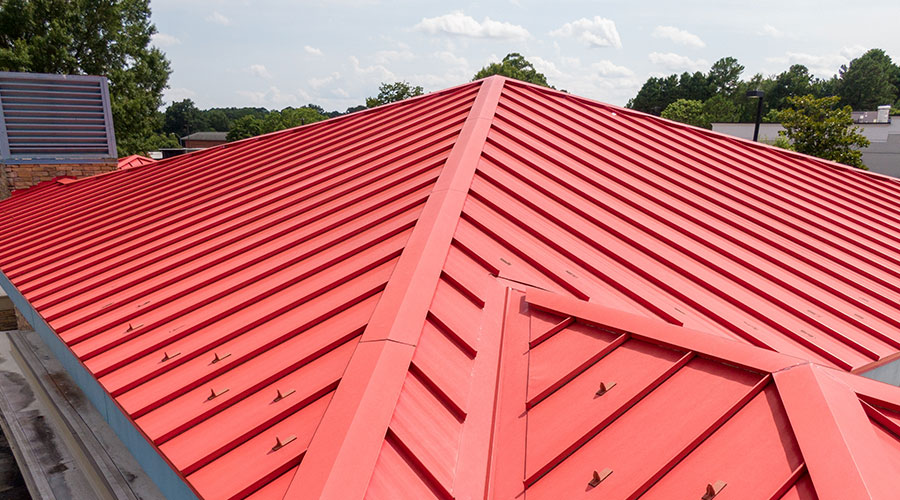The Four Objectives for Specifying Roof Coatings
With so many energy-efficiency provisions in the American Recovery and Reinvestment Act of 2009, maintenance and engineering managers have an excellent opportunity to examine roof coatings in a new light. The act calls for incentives, tax benefits, government grants, demonstration projects and increased research and development for all aspects of a building’s energy efficiency and sustainability.
Managers in institutional and commercial facilities have specified roof coatings for decades because of their role in generating savings by extending roof life. Now, more managers are realizing roof coatings can help their organization improve facilities’ energy efficiency.
The Role of Coatings
Organizations generally decide to coat roof systems with four general objectives in mind: extending maintenance and service life; improving energy savings; enhancing safety; and promoting environmental stewardship.
Maintenance and service life encompasses: protecting against ultraviolet light and moisture; repairing leaks and cracks; extending service lives of underlying membranes and insulation by lowering average roof surface temperatures; reducing expansion and contraction stress by lowering peak temperatures; maintaining waterproofing properties; protecting roofs from severe weather, such as hail and ice storms; and treating and preventing corrosion of metal roof systems.
Energy savings relates to cool roofing and tax credits associated with air conditioning costs, the size of HVAC units, insulation preservation, and reducing the roof’s life-cycle cost.
Safety involves maintaining or upgrading a fire rating, as well as bonding loose and friable materials.
Environmental stewardship includes reducing landfill waste and limiting the effects of urban heat island.
These objectives have become part of an industrywide movement aimed at saving energy and improving sustainability.
Longer roof-system life cycles reduce the energy required to tear off and transport failed systems to landfills, as well as the energy needed to manufacture new roofing materials, transport them to job sites and install them. In short, to maintain is to sustain.
Extending a roof system’s life cycle also means less downtime and no lost income during roof replacement. In contrast to re-roofing projects, roof-coating applications generally do not require a building shutdown.
Reducing solar heat gain also directly affects a building’s peak electricity requirements. Peak loads often form the basis of electricity prices because they establish a region’s energy-generating needs.
Some white reflective coatings can reflect 80 percent or more of the sun’s rays at installation. As a result, they reduce air conditioning costs. When used as part of an ongoing roof-maintenance program, managers typically can treat coatings as an expense, not a capital investment.
Finally, a cool roof can mean a smaller initial investment in air conditioning equipment when the equipment is included in the planning for a new roof.
Related Topics:














